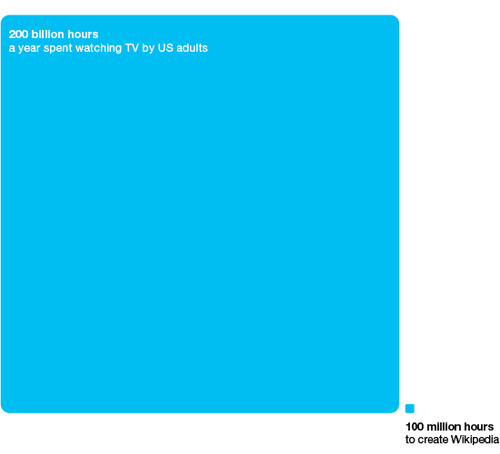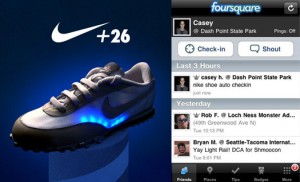Mobile Crowdsourcing: Fashism Taps Our "Cognitive Surplus"
Last July we wrote about "social shopping" and a new site called Fashism that lets users solicit fashion advice from an online community in real-time. We wrote:
Snap a photo, email it to the site, and get pinged back with comments and ratings from other users. People are doing this anyway—taking photos in stores and sending to friends for thoughts. This site hopes to create a fashion-conscious community to advise you on your wardrobe in real-time. What fuels the site is our universal need to tell people what we think—we don't just want opinions, we want to share ours.
Since then, we've seen the site take off and similar services such as Go Try It On emerge. It even earned a feature on today's CBS Early Show and an article in the New York Times:
In some ways, these sites are similar to other user-generated fashion sites that are riding the crowd-sourcing wave. Sites like FashionStake and Catwalk Genius champion up-and-coming designers, and invite users to window-shop and even finance new talent. Show-and-tell sites like LookBook and I Like My Style allow users to post new looks, as well as critique other postings, much like contestants on “Project Runway.”
But those sites tend to cater to people in or who want to be in the fashion industry. Fashism and Go Try It On are for everyday people including teenagers trying out new looks at the mall, and office workers confused by what to wear. So far, they seem to be among the only sites of their kind, and both were created by fashion neophytes, with no involvement from designer companies or brands.
“I’m not professing to be a fashion expert and neither are most people who use it,” said Brooke Moreland, who started Fashism last September.
via informationisbeautiful
The site harnesses our "cognitive surplus," as Clay Shirky calls our surfeit of intellect, energy and time. It's in our nature to be creative and generous, and digital crowdsourcing tools like Fashism enable us to act on these altruistic impulses and contribute our collective brainpower easily. (They also help us waste time at work.)
On the flip side, social technology makes it much easier to solicit help and advice. The networked masses can become our outboard brain. Of course, some people might be hesitant to post a photo of themselves online and ask for critiques, which is understandable, but increasingly not the case. We are a becoming culture of sharing. Young people have grown up broadcasting and socializing online, and this is not going to change. In a new report from Pew, "Millenials will make online sharing in networks a lifelong habit," Matt Gallivan, senior research analyst at National Public Radio, says "Sharing is not 'the new black,' it is the new normal." And the truth is, we have always wanted to show off our new outfits or get people's opinions before we bought things. Technology provides a fast and easy way to do this.
This is largely thanks to mobile. Many people are packing web-connected cameras with them at all times, instantly enabling our inclination to capture and share things. According to the Pew report, "A fundamental change is occurring in human identity and activity in communities. As is often the case, some of it is driven by social change that is facilitated by technological change, especially the new capabilities offered by mobile devices." A separate report from Pew, "Mobile Access 2010," says that three-quarters of cell phone owners have taken a picture with their phone (up 10% from last year) and half have used their mobile device to send someone a photo or video.
We conducted video-based interviews with people of all ages, asking about how they used their phones. One 21-year-old NYU student told us about how she regularly took pictures of potential outfits and sent them to her friends for feedback. This is also supported by the numbers. A new Compete survey found that 39 percent of smartphone owners have sent a text and 30 percent have sent a picture of the product to solicit feedback. Sites like Fashism are smart to enable and amplify this existing behavior.
Furthermore, 33% of 18-29 year olds have posted a photo or video online. These percentages will only increase and mobile crowdsourcing will become a de facto decision-making tool. Retail brands would be smart to pay attention to these mobile behaviors taking place in their stores. How can they enable it? How can they influence the decision-making process as it's happening? How can they become part of the conversation? One way would be to leverage and promote existing communities like Fashism in store (just as merchants are hanging Foursquare decals in their windows.) Another might be to comment on uploads or offer discounts and purchase incentives to users. Even something as simple as arranging displays so they can be easily photographed would be a smart move.











